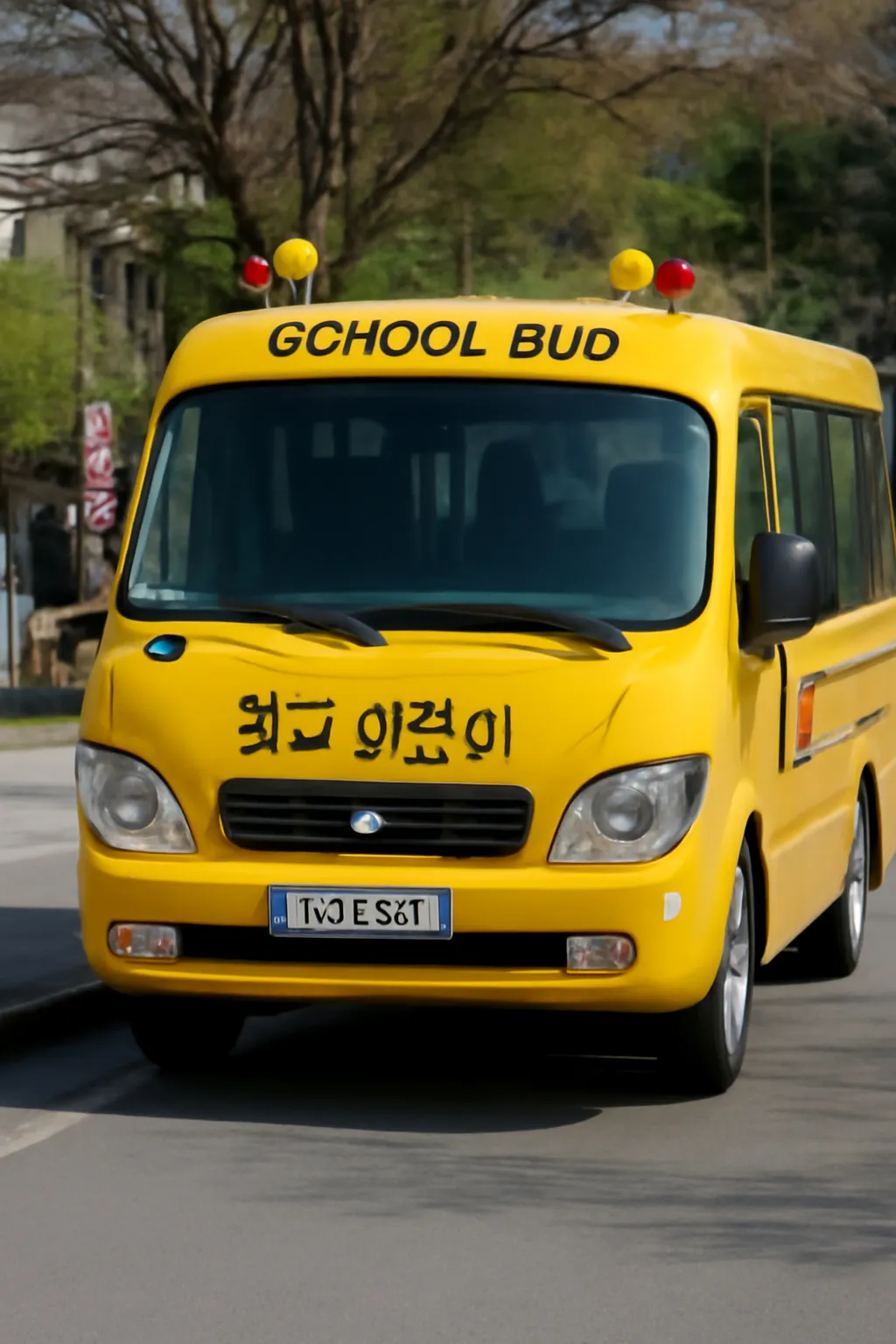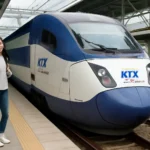What’s the real cost of sending your child to school in Gyeonggi-do? Why do bus fares vary so much from one city to another? Get the full breakdown of elementary school bus fare systems and how they affect local families in this comprehensive guide.
Elementary school bus fare
For many parents in Gyeonggi-do, the elementary school bus fare is more than just a daily expense—it’s a vital part of the family’s routine and budgeting. Depending on the region, service type, and school policy, costs can vary drastically, ranging from as little as ₩30,000 to upwards of ₩100,000 per month per child.
Key Components of the Fare
The bus fare structure is influenced by multiple factors:
-
Distance from home to school
-
Operational costs like fuel, maintenance, and driver wages
-
Type of vehicle used (private vans vs. school-contracted buses)
-
Additional services like air-conditioning, GPS tracking, or caregiver supervision
In some cities, parents pay directly to a transportation company or individual driver; in others, the school manages a collective fee.
Personal Insight: Uijeongbu Case
As someone who lived in Uijeongbu for over 7 years, I vividly remember negotiating with a private van driver for my niece’s daily school commute. The fare was ₩80,000 per month, and it included pickup from the apartment entrance, a ride with seatbelts and safety gear, and daily contact via a KakaoTalk chat group. While it seemed high, it was the only option due to the school’s limited bus service.
Pros and Cons
Pros
-
Convenience and safety
-
Predictable scheduling
-
Less traffic stress for parents
Cons
-
High and inconsistent pricing
-
Limited government oversight
-
Occasional reliability issues
The disparity in pricing often leaves parents wondering why these services are not better standardized.
더욱 자세히 알아보려면 아래 버튼을 클릭하세요.
Gyeonggi -do elementary school bus fee
The Gyeonggi-do elementary school bus fee system is notoriously fragmented. With over 31 municipalities and various school types (public, private, special-purpose), each area often applies its own standards.
Regional Differences
-
Suwon Most public schools offer free or subsidized transport within 2 km radius.
-
Yongin Mix of public subsidies and private contracts, with fares ranging from ₩50,000–₩90,000/month.
-
Goyang & Bucheon Heavy reliance on private van operators; minimal school intervention.
This variation often creates confusion among parents who relocate between districts. Despite Gyeonggi Province’s relatively strong infrastructure, coordination between local governments and educational authorities remains weak.
Historical Context
Since the early 2000s, Korea’s Ministry of Education allowed schools to operate autonomous transport systems. In theory, this gave flexibility, but in practice, it resulted in uneven service quality. Gyeonggi-do, being the most populous province, was especially affected due to its suburban sprawl and school overcrowding issues.
My Experience in Hwaseong
In Hwaseong, where I assisted a community childcare NGO, we tracked data from 14 elementary schools. We found that the average monthly bus fare was ₩67,000, but some parents were paying ₩120,000 for routes less than 3 km due to a lack of regulation. Our group petitioned the city council for a unified bus policy—but progress has been slow.
더욱 자세히 알아보려면 아래 버튼을 클릭하세요.
Elementary school bus fare Gyeonggi -do
When looking at the elementary school bus fare in Gyeonggi-do, one realizes it’s more than just a number—it reflects deeper issues in Korea’s public education logistics.
What Determines the Fare?
-
School type (public vs. private)
-
Municipal funding availability
-
Accessibility and road conditions
-
Bus size and occupancy rate
-
Local competition among providers
Because Gyeonggi-do borders Seoul, many “bedroom communities” like Namyangju or Gimpo have high commuting populations, and fewer local schools. This leads to increased demand for safe, affordable school transportation.
Future Policy Trends
In recent policy announcements from the Gyeonggi Provincial Office of Education, the province aims to:
-
Implement a province-wide ceiling on fares
-
Subsidize bus services for low-income families
-
Promote eco-friendly school buses with GPS and air filtration systems
-
Launch a centralized fare portal
These efforts are aimed at reducing both cost and risk, improving satisfaction among parents and ensuring safer rides for children.
Real-World Example: Anyang Smart Bus Trial
Anyang City introduced a smart school bus pilot using electric minibuses and an app-based tracking system. The fare was ₩40,000 monthly, with 30% reimbursed by the city. Parents could track arrival times in real time. Feedback was overwhelmingly positive, and the pilot is now being expanded province-wide.
더욱 자세히 알아보려면 아래 버튼을 클릭하세요.
Conclusion
Navigating the world of elementary school bus fare in Gyeonggi-do reveals both the convenience and complexity of educational transport in Korea’s largest province. While parents are often left to fend for themselves in negotiating or budgeting for these costs, new reforms are promising a more consistent, affordable, and secure system for all.
As Mahatma Gandhi once said, “The true measure of any society can be found in how it treats its most vulnerable members.” In that light, ensuring safe and fair transport for our youngest citizens must remain a top priority.






